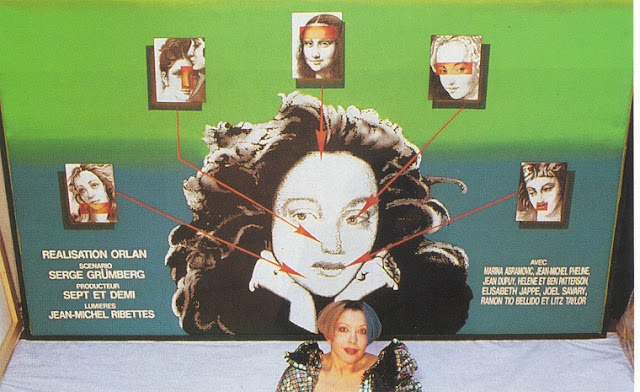Week 4 - MedTech + Art

In this week’s lecture, the professor discusses how medical technology and arts intersect in contemporary arts. She illustrates the relationship between MedTech and arts with several examples such as anatomy as a form of art and how people use X-rays and MRI (Magnetic Resonance Imaging) to picture and explore organs as well as human body, where the reading material further amplifies that MRI is a visually captured form of sounds (Casini). One of the most impressive things among all to me is plastic surgery which I personally think that integrates our two topic elements perfectly. Plastic surgery was not invented within the past few centuries, but thousands of years ago about 2000 B.C. in India and Egypt (Salcido). The progress of plastic surgery did not improve until the very recent 100 years when the surgeries mainly served for patients in the wars. During this time emerged an artist who used herself on operations and recorded the whole precess. Her name is Orlan and she was



